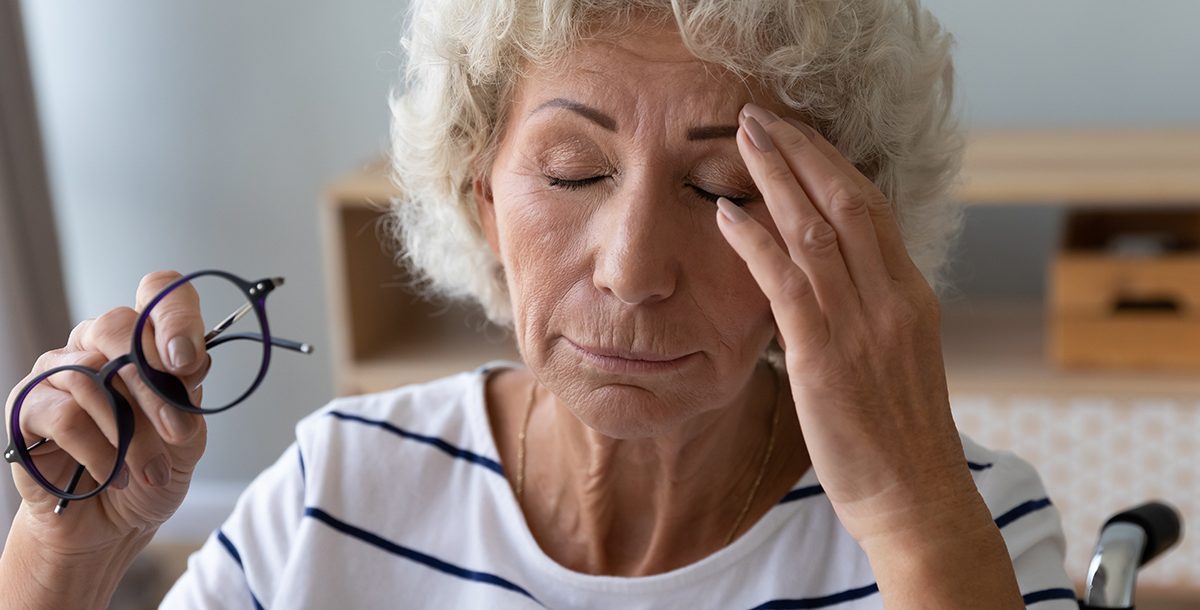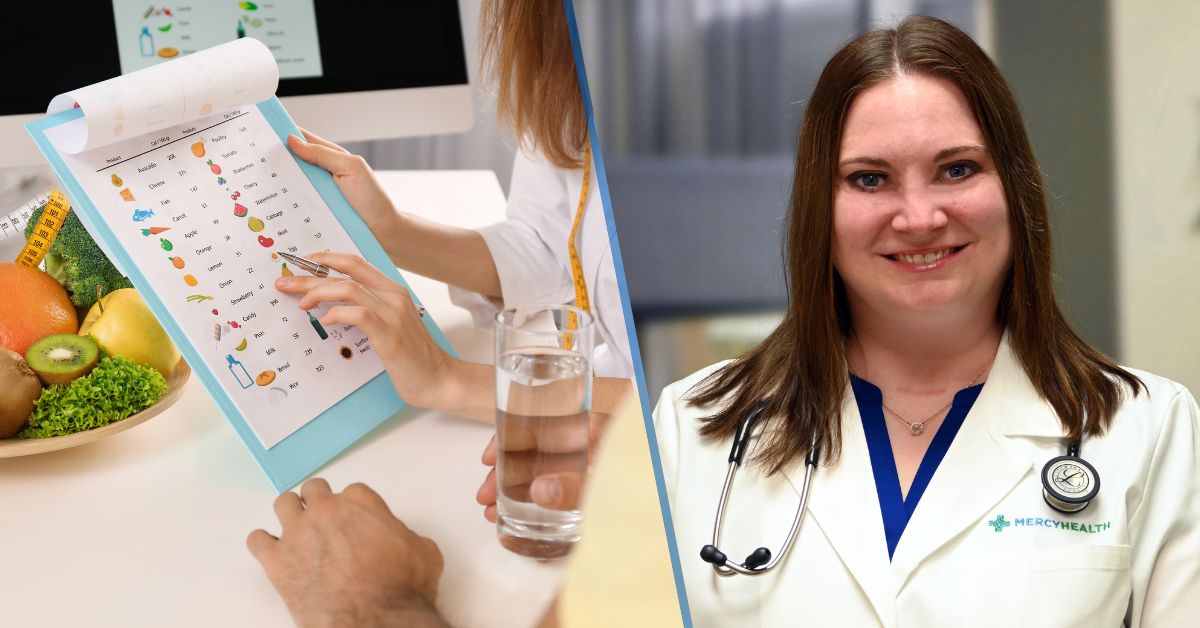Strokes are a leading cause of death for American adults, and they are also the top cause of disability. Knowing stroke symptoms is important, because ignoring symptoms and delaying treatment can lead to worse outcomes if a stroke happens. It’s crucial to act fast when someone is having a stroke.
Pay attention to how you’re feeling, so you can get medical help quickly when needed.
Mercy Health has stroke care specialists throughout Ohio and Kentucky.
First off, what is a stroke?
The heart is continuously pumping blood through the body. This oxygenated blood also reaches the brain, which keeps the brain functioning correctly. If a blockage or break happens to a blood vessel, blood supply is cut off and blood doesn’t reach specific areas of the body. A blockage or break in a blood vessel connected to the brain would cause a brain attack, also known as a stroke.
Do people experience signs of a stroke before they happen?
Symptoms of a stroke come on suddenly, so it’s crucial to move fast if you think a stroke is happening. You may not have a lot of warning before a stroke.
Classic stroke symptoms include:
- A sudden and severe headache
- Balance problems
- Difficulty walking
- Numbness and drooping on one side of the face
- Numbness and weakness on one side of the body
- Speech difficulty
- Trouble understanding what others are saying or confusion
- Vision difficulty affecting one or both eyes
If you experience any of these symptoms, call 911 right away. You may experience just one or a couple of these symptoms. Aside from the headache, stroke symptoms aren’t painful. For this reason, it’s easy to ignore potentially serious symptoms.
The most important thing to remember is that even though most of the symptoms aren’t painful, they come on very suddenly and they’re very extreme.
How long do you have symptoms before a stroke?
Strokes can vary in intensity from mild to massive. A mini stroke is called a transient ischemic attack. With this type of stroke, the blood flow to the brain is interrupted briefly, which causes the typical stroke symptoms. But then the blood flow resumes, and the symptoms go away. This usually happens within a few minutes, but it could also take a couple of hours.
Mini stroke symptoms can come and go as the blood ebbs and flows around the partial blockage. If the stroke is moderate to severe, the symptoms will last more than 24 hours, and some symptoms never go away.
What does a massive stroke feel like?
Everyone’s experience of a stroke is unique. Patients may have all of the symptoms or just some of them.
The main thing to remember is that even a massive stroke doesn’t involve pain aside from the sudden headache. The numbness and weakness on one side of the body don’t hurt, the vision problems aren’t painful and the trouble with balancing and walking isn’t painful. Some people experience cognitive issues, suddenly being unable to speak and understand speech, but this isn’t universal, and it doesn’t involve discomfort.
What does it feel like after a stroke?
After having a stroke, patients have to manage both physical and emotional symptoms. Being unable to function independently is usually a devastating blow. It’s common for patients to feel some or all of these feelings:
- Anger
- Denial
- Grief
- Shock
As recovery progresses, it’s not unusual for patients to have personality changes. Depending on which parts of the brain were subjected to lack of oxygen, patients may have mild or severe cognitive decline.
They also may need to relearn how to speak and perform basic motor skills. Anxiety is also common in stroke survivors. Patients may be afraid of having another stroke, or they may feel scared about functioning independently. Frustration and anger can continue to be common emotions in stroke survivors too.
Bottom line, a fast response is crucial if stroke symptoms suddenly appear in you or a loved one. Seek immediate medical attention. The faster a stroke is treated, the better the outcome.
Learn about the stroke care services we offer at Mercy Health.






